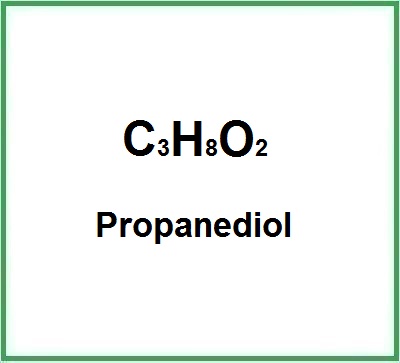![]() Propanediol
Propanediol
Rating : 7
Propanediol is a glycol derived from natural or synthetic sources, used in cosmetics and personal care products as a solvent, humectant, and conditioning agent. Its ability to enhance hydration and improve formulation texture makes it a versatile ingredient, especially valued in eco-friendly formulations. It is known as a gentler, more sustainable ... (Read the full Tiiip)
15 pts from AColumn
| Evaluate | Where is this found? |
| "Descrizione" about Propanediol Review Consensus 15 by AColumn (9336 pt) | 2024-Dec-21 15:34 |
Propanediol is a glycol derived from natural or synthetic sources, used in cosmetics and personal care products as a solvent, humectant, and conditioning agent. Its ability to enhance hydration and im ...
| Read the full Tiiip | (Send your comment) |
| "Propanediol studies" about Propanediol Review Consensus 15 by AColumn (9336 pt) | 2020-Nov-12 09:37 |
Some interesting studies on the properties and uses of Propanediol
Lactobacillus reuteri NAD(P)H oxidase: Properties and coexpression with propanediol-utilization enzymes for enhancing 3-hydroxy ...
| Read the full Tiiip | (Send your comment) |
Read other Tiiips about this object in __Italiano (2)
Component type: Chemical Main substances: Last update: 2024-12-21 11:13:34 | Chemical Risk: |




